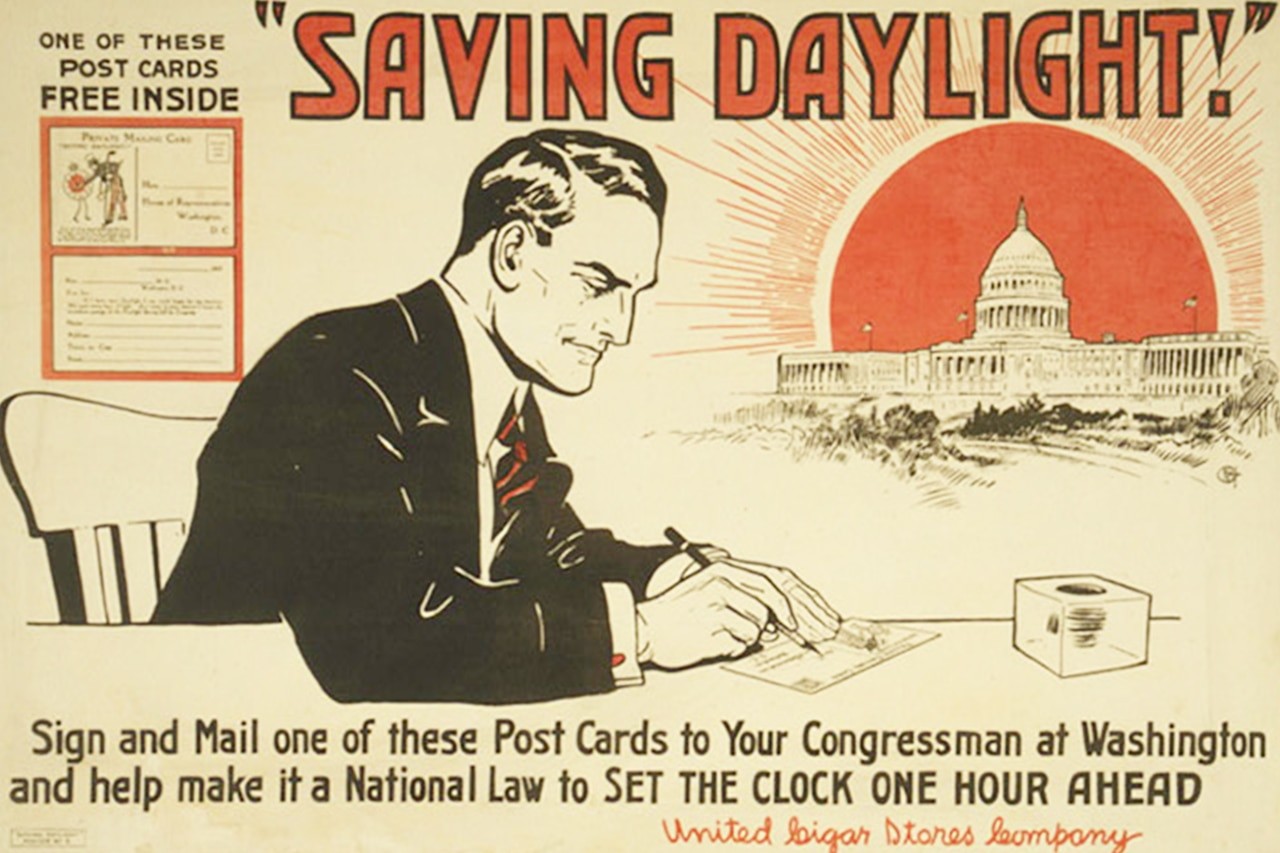Daylight Saving Time (DST) is a practice observed by many countries, including the United States, where clocks are advanced by an hour during the warmer months. This shift allows us to enjoy longer daylight hours in the evening, especially after a busy day. But have you ever wondered, “Why Did Daylight Savings Time Start?” The story behind this seemingly modern concept actually dates back centuries, with its formal implementation tied to historical events and energy conservation efforts.
The concept of shifting time for better daylight utilization isn’t new. Benjamin Franklin, in a satirical essay in 1784, playfully suggested Parisians could save candles by waking up earlier in the summer. However, the first serious proposal for daylight saving time came from George Vernon Hudson, a New Zealand entomologist in 1895, who proposed a two-hour shift so he’d have more daylight to collect insects after work. While New Zealand was the origin of the idea, it wasn’t until 1927 that they officially implemented DST.
However, the urgency for daylight saving time truly arose during World War I. Germany and its allies were the first to implement daylight saving time nationwide on April 30, 1916, as a measure to conserve coal during wartime and maximize daylight hours for industrial production. Shortly after, other countries at war, including the United Kingdom, followed suit to save energy and boost wartime efforts.
The United States officially adopted daylight saving time on March 31, 1918, with the passage of the Standard Time Act. Signed into law on March 19, 1918, this act not only introduced DST to the nation but also formally established the five time zones we recognize today. The primary reason for implementing DST at this time was to conserve energy during World War I. By extending daylight into the evening, it reduced the need for artificial lighting, thereby saving valuable energy resources needed for the war effort. This initial period of DST was even referred to as “war time” due to its association with the global conflict.
However, this first nationwide daylight saving time in the U.S. was short-lived. It was repealed in 1919 after the end of World War I, despite President Woodrow Wilson’s veto of the repeal. For the next two decades, DST was not federally mandated, leading to a patchwork of local and state practices, causing confusion, especially for transportation and broadcasting industries.
The issue of daylight saving time resurfaced with the onset of World War II. In February 1942, as the nation geared up for another global conflict, Congress reinstated national daylight saving time. This time, it was explicitly enacted to conserve fuel and “promote national security and defense,” further solidifying its nickname as “war time.” Time zones were even temporarily renamed accordingly, such as Eastern War Time and Pacific War Time.
Following the end of World War II in 1945, daylight saving time was once again repealed at the national level, reverting the decision to individual states. This resulted in continued inconsistency and confusion across the country for the next twenty years.
To address this chaos, Congress passed the Uniform Time Act in 1966. This landmark legislation established a national standard for daylight saving time, superseding local times and aiming to bring uniformity across the nation. The Act initially set daylight saving time from the last Sunday in April to the last Sunday in October.
Since 1966, the specifics of daylight saving time have been adjusted a few times. Most recently, in 2005, President George W. Bush signed legislation extending daylight saving time. Currently, in the United States, daylight saving time begins on the second Sunday in March and ends on the first Sunday in November.
While daylight saving time is a federal policy, it’s not universally observed in the U.S. States have the option to opt out, and Hawaii and Arizona (except for the Navajo Nation) do not observe DST. Similarly, most U.S. territories like Puerto Rico and Guam also do not participate in daylight saving time.
In conclusion, daylight saving time started primarily as a wartime energy conservation measure, particularly during World War I and World War II. Over time, it evolved into a more standardized practice aimed at making better use of daylight hours, although its effectiveness and relevance in modern society continue to be debated. Understanding its historical roots helps to explain why we still “spring forward” and “fall back” each year.
